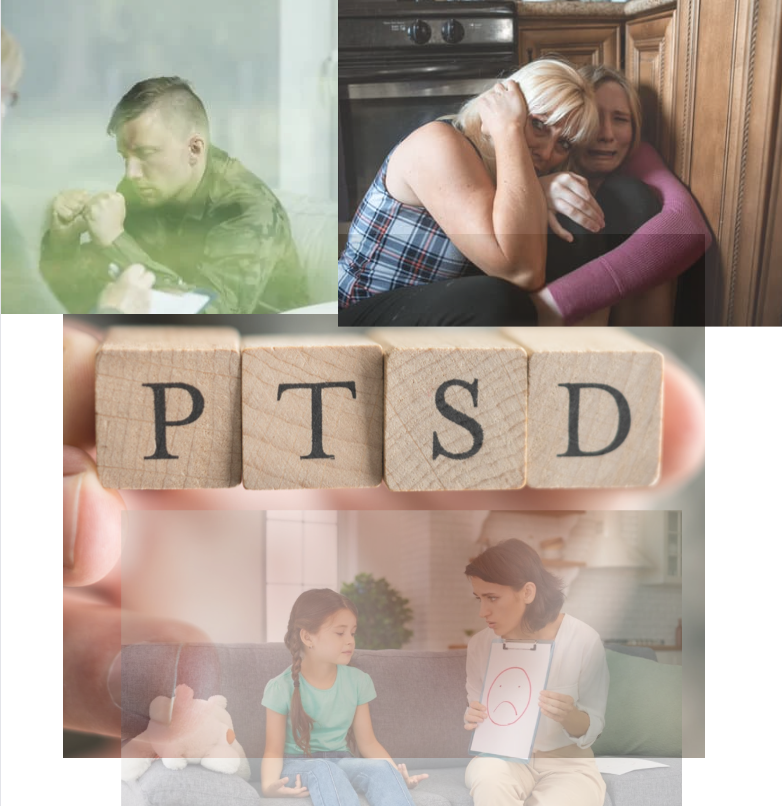Why doesn’t depression affect everyone?
It’s not your fault that you are depressed, it’s not the events in life that make us depressed, it’s not so much what happens to us, it has more to do with how we respond to the event.
So why does depression affect some people more than others.
They say that problems come in three’s, sometimes it seems that way, that it’s one thing after the other,
it just seems too much at one time and it throws us off balance, we feel overwhelmed for a while it’s almost as if our minds become exhausted.
When our stress levels go up with negative thinking on the current situation, catastrophising, fearing the worst possible outcome, can cause you a lot of anxiety
As a result, our motivation and energy levels may fall, they begin to tire with too much stress and worry, it’s a bit like putting one foot on the car accelerator and the other on the brake.
Question = If you pull on a neck chain where will it break,
Answer = At the weakest link.
If some of your human needs are not being met, then these may become your weak link, which may fail when you are confronted with some of life challenges (no one said life would be easy)
Cortisol (the stress hormone) increases and lowers our immune system, which in turn interferes with our sleep, causing us to dream more and we miss out on deep restorative sleep, as a result our brains are active 50% more than normal dreaming.
You wake up asking yourself “Why you’re so exhausted ? I know I slept because I was dreaming all night”
Serotonin should shut down your REM sleep (dreaming) and take you down into deep restorative sleep where your body and mind can recover and repair. (stressful Cortisol interferes with the Serotonin receptors resulting in too much dreaming)
The first step is to teach the client how to reduce their stress by teaching them progressive relaxation techniques
To let them know it’s not their fault but that there is something they can do about it.
One of the first signs that you are lifting your depression is renewed energy and hope
The road to recovery is through understanding the depression process, and starting to change the parts that make it.
Working on relaxation techniques is very helpful in the healing process
Sometimes it can be down to our style of thinking, like some people see the world through Rose Tinted Glasses.
Some people may see the world through “depressed glasses” its the therapist job to help you to remove the glasses, being depressed can be achieved very quickly as if its a learned response,
As if to let the world know, because when you are depressed you look depressed however it’s not your fault, as we can very quickly learn these behaviours, we can just as quickly unlearn them.
A depressed brain is a stressed brain, its not about having negative thoughts, it ,s due to prolonged stress which can result in black and white thinking, stress can fog the logical brain over making it hard to find a solution to our problems
Relaxing and reducing the stress can be achieved with exercise (as little as a 20 min walk a day in the fresh air) a therapeutic massage, a spa treatment, walking and talking with friends, this can lower the stress enough to allow you to begin to think straight again, being able to see the Grey Areas (not just black and white) using less of the emotional brain and more of you problem solving logic.




